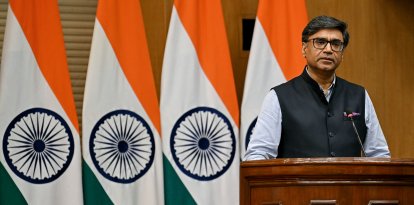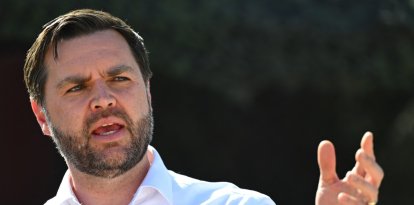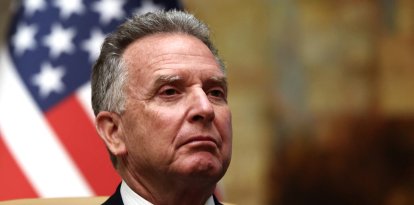The value of the dollar in Argentina exceeded one thousand pesos for the first time: What does it mean for the economy?
The South American country awaits presidential elections while, in the words of locals, pockets "are on fire".

Wikimedia Commons
Outside the United States, citizens of different countries can save money using their local currency or buy dollars because their low volatility ensures it maintains its value. It is common to legally buy the amount of US dollars they want, whether to save, travel, or whatever they like. In Argentina, the situation is very different. To begin, there are several exchange rates for the US dollar: the amount of Argentine pesos needed to acquire one US dollar. In the last few hours, the price skyrocketed, further aggravating the delicate economic situation of the South American country.
The situation in Argentina regarding dollars is as follows: there is an official value (set by the national government) that allows you to buy a maximum of 200 dollars per month legally. Of course, that value is fictitious and subsidized by the State, which drives the black market. This is where the “blue” dollar appears, whose value is given by market supply and demand. It can be acquired illegally in the famous “caves,” as Tucker Carlson showed when he visited Argentina.
For example, while the official dollar is worth about 650 Argentine pesos, the market dollar surpassed the historic barrier of 1,000 pesos in the last few hours, deepening the local economic crisis. In October 2022, the “blue” dollar could be purchased for 291 pesos, which marks an increase of more than 300%.
In other words, before, an average Argentine needed to save 29,100 pesos to buy 100 dollars. A year later, you need 100,000. Needless to say, salaries have not increased at the rate of inflation, making it increasingly difficult for the middle and lower classes to save.
Therefore, as the peso loses its value, citizens will have to use more of it to buy dollars and protect their purchasing power, which seems complicated given the difficult salary situation in Argentina, which is not the best.
Argentines usually take refuge in the dollar, which they turn to to prevent their savings from losing value since the peso is worth less and less. Indeed, Argentine inflation is heading towards more than 100% year-on-year. Javier Milei, favorite to win the presidential elections in October, professes “dollarization” as one of his central economic policies for the country.
What does an increase in the dollar mean?
Lautaro Moschet, an economic analyst at the Libertad y Progreso Foundation, spoke with Voz Media to answer this question. As he explained, the sudden increase causes “argentines to quickly escape the peso and take refuge in the dollar, thus protecting their savings capacity.”
“In economic matters, the fiscal deficit continues to increase due to the recent measures promoted by the Minister of Economy. The desperation to improve electoral performance led him to increase the deficit by about 0.7 percentage points of the GDP, with which we estimate a primary deficit (without debt interest) close to 3% of the product for 2023. The other side is a growing monetary issue, which is accelerating day by day. At this time, the monetary base is growing at a rate that exceeds 60% year-on-year,” the economist continued.
“The greatest issuance without an increase in the demand for money causes inflation. But, to aggravate the situation, electoral uncertainty and the lack of response by the government to the economic crisis generates a drop in the demand for money,” he continued.
What can be expected in the future?
The economic pace of the country is marked by the presidential elections, in which Milei, Patricia Bullrich and Sergio Massa will seek to prevail in an election of thirds. In the August primaries, Milei obtained 29% of the votes, not far from Bullrich’s 28% and Massa’s 27%.
At least in this election year, Moschet does not see a very positive future. “Under these circumstances, it is difficult to make long-term forecasts. The only certainty is that until the elections on October 22, we will continue to go through exchange turbulence and a runoff scenario will probably maintain the same trend. In the middle, Argentines will continue to go through a path of decline in their purchasing power, increasing the rate of poverty and indigence,” he concluded.
RECOMMENDATION





















